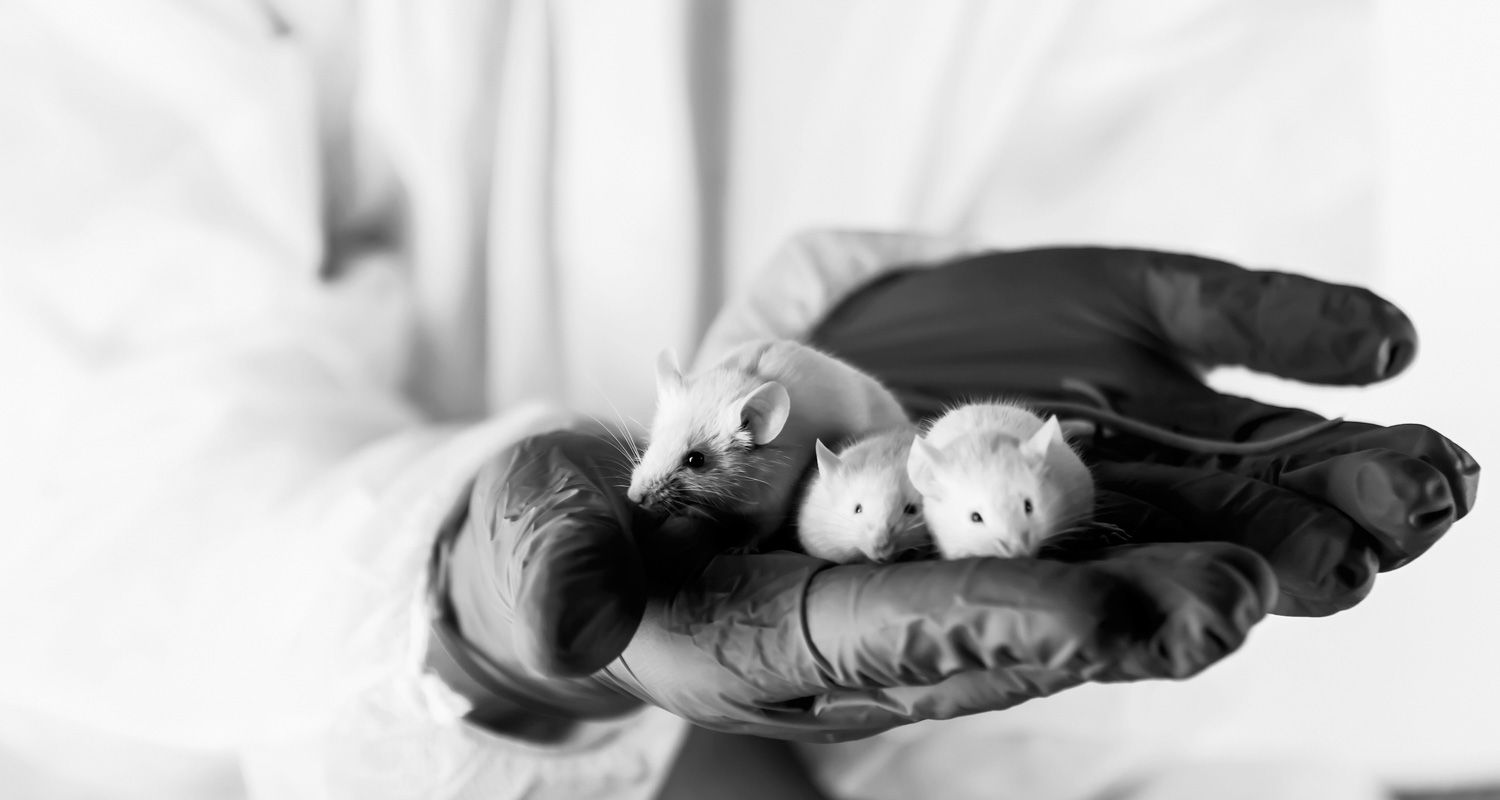NOTE – The comments expressed by Dr. Mandrell constitute his opinions only, and do not necessarily represent the views or opinions of Allentown, LLC. It is presented by Allentown as an educational resource for research programs. Local, national and international guidelines for animal care and use are the primary guidance for all research institutions and the information presented here should never be used in place of those guidelines or in place of consultation with facility leadership responsible for determining care, use and safety standard operating procedures.
The provision of enrichment to the housing environment for rodents is an important component of animal husbandry. Enrichment generally includes the addition of objects, material or structure within the housing environment. These materials promote the expression of activities and behaviors that are typical and natural for that species and meet the behavioral, physical and physiologic needs of the animals being housed. For mice, these behaviors include burrowing, exploring, chewing, climbing, foraging, digging, nesting (construction of a nest) and similar activities that provide opportunities to manipulate objects and substrate, cognitive challenges, and physical activities.
Why do we provide enrichment? First and foremost, enrichment contributes to the welfare of laboratory mice by promoting activities which animals typically perform in their natural environment (in the wild). We call this species-specific activities or behaviors. Housing environments which do not meet the animals’ needs may result in behaviors that are unhealthy or harmful due to a stressful environment and changes in stress related hormones from a lack of stimulation. Second, enrichment that provides a proper substrate for nest building and burrowing allows mice to control their temperature and avoid cold stress during rest and sleep. For breeding animals, nesting material allows animals to build a nest which provides a safe and secure environment for parturition and nursing pups, provides shelter from aggressive cage mates, and protect litters from cold. Finally, the benefits of enrichment as described in the scientific literature are so compelling that providing enrichment in some form has become the de facto standard for husbandry care for all laboratory animals and is encouraged or even required by current regulatory guidance for the housing and care of laboratory animals.
An easy to implement and commonly recommended form of enrichment for laboratory mice is nesting material. Nesting is a behavior exhibited in modern laboratory mice which has been maintained from ancestorial wild-type mice. Both laboratory and wild type mice are highly motivated to build nests. Common nesting materials include shredded paper, tissue, paper strips, and compressed cotton. Providing appropriate nesting material is critical to promote nesting behaviors as an important part of the daily behavioral repertoire of mice. Note that conventional bedding materials alone do not provide an appropriate substrate for mice to build nests. The quality of nesting material provided to mice directly correlates with the complexity and quality of the nest. The provision of nesting material has been found to have no adverse effects on physiology or behavior. That being said, not all forms of enrichment devices and nesting materials are compatible with housing systems or research requirements. Certain nesting materials such as compressed cotton are commonly used but have been associated with injuries to pups from the long cotton fibers which can entangle limbs and tails and result in injuries. Long cotton fibers have also been reported to cause entanglement in head implants and other external devices.
The ideal nesting material allows mice to build complex nests, is safe for pups, promotes thermoregulation, provides protection for mice and their litters, and is easily integrated into daily husbandry and care procedures. Shredded paper is a safe nesting material that mice will readily use to fabricate a complex nest and meets these requirements. Forms of shredded paper nesting material that are easy to integrate into ongoing husbandry standard operating procedures for clean cage setup, cage change, and disposal of bedding are more likely to be accepted by husbandry staff and may be more successfully implemented. Husbandry staff acceptance and approval will be key to successful implementation of enrichment changes for any program.
For information on Allentown’s enrichment solutions, click here.

